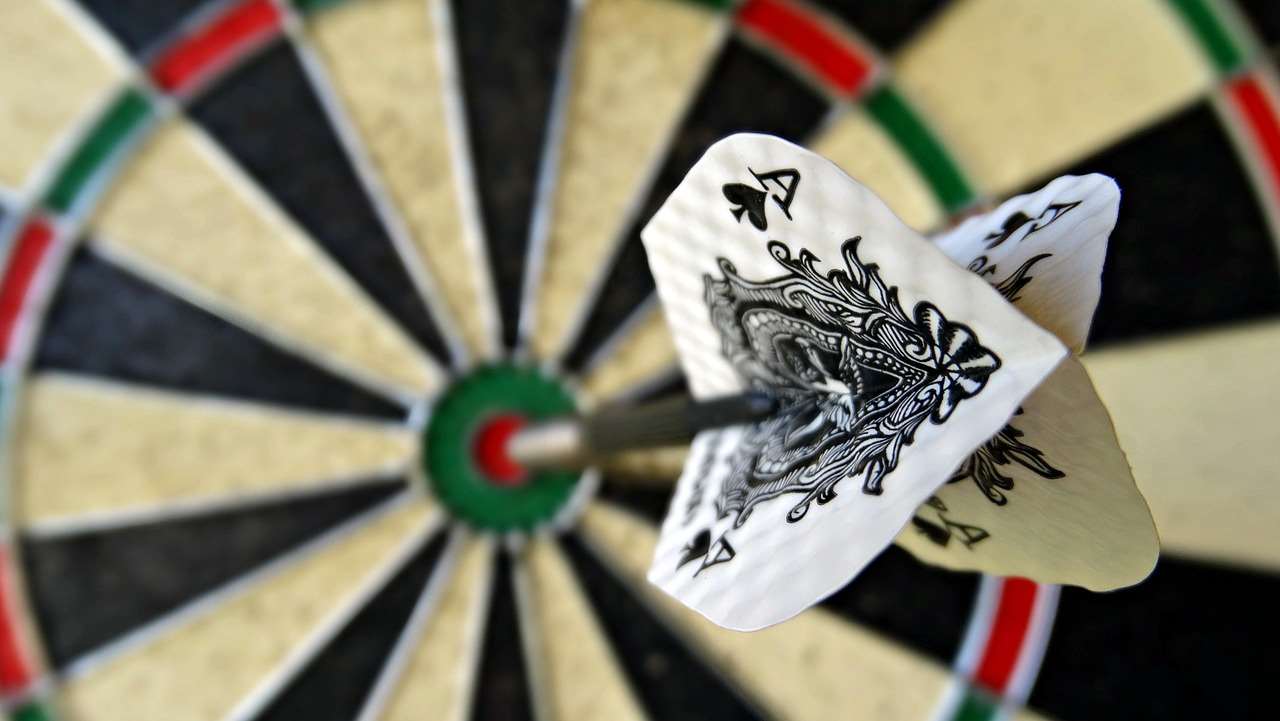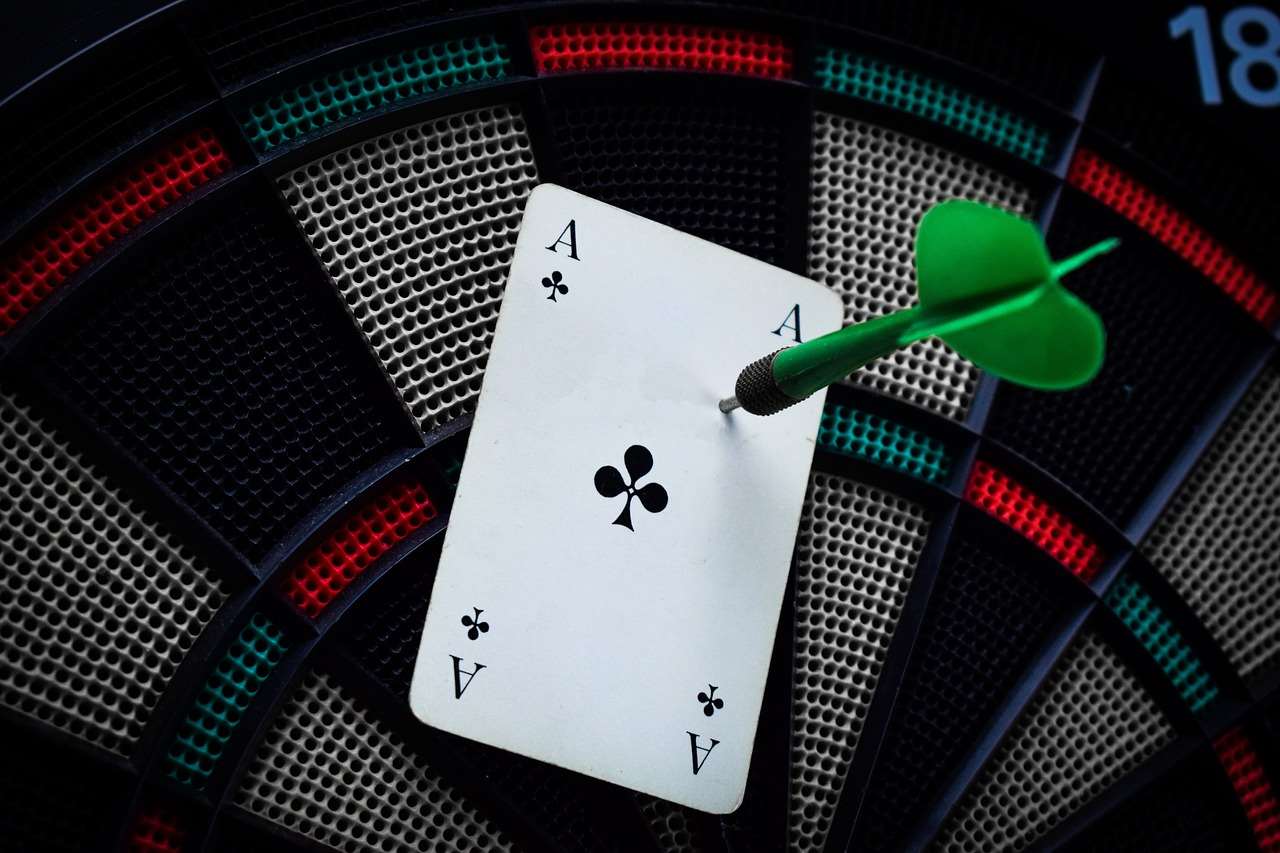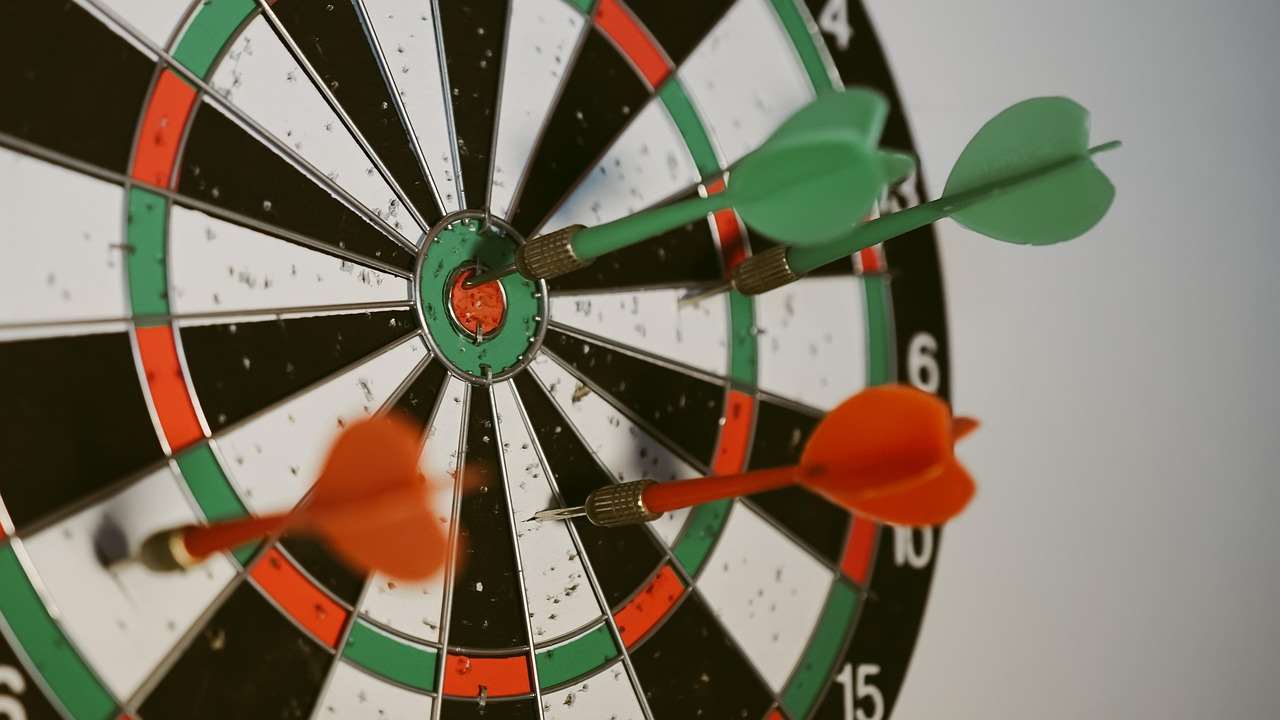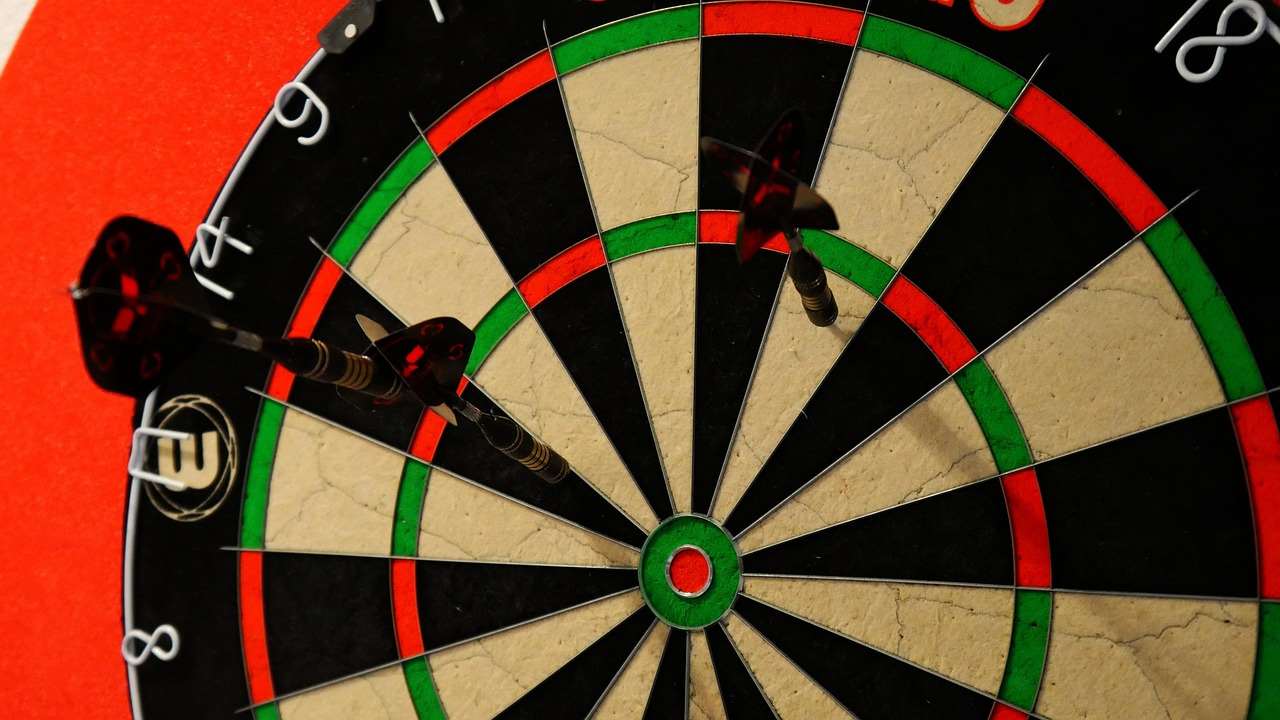Getting hit by a dart, while statistically rare, can be a painful experience that requires immediate attention; the primary concern is to safely remove the dart and prevent infection. This article will guide you through the necessary steps to take if you or someone you know gets hit by a dart, while also exploring the risks involved and preventative measures you can implement to ensure a safer darts environment.
⚠️ Still Using Pen & Paper (or a Chalkboard)?! ⚠️
Step into the future! The Dart Counter App handles all the scoring, suggests checkouts, and tracks your stats automatically. It's easier than you think!
Try the Smart Dart Counter App FREE!Ready for an upgrade? Click above!
What to Do Immediately If Hit by a Dart
The initial reaction to being hit by a dart is often shock and pain. It’s crucial to remain calm and assess the situation. Here’s a step-by-step guide:
- Stay Calm: Panicking won’t help. Take a deep breath and try to relax.
- Assess the Injury: Determine where the dart hit and how deeply it’s embedded. Check for any immediate signs of serious injury, such as excessive bleeding or proximity to vital organs (highly unlikely in most scenarios, but still prudent to assess).
- Do Not Remove the Dart If…: If the dart is deeply embedded, near a major blood vessel, or in a sensitive area like the eye, do not attempt to remove it yourself. Seek immediate medical attention.
- Clean Hands: If the dart can be safely removed, wash your hands thoroughly with soap and water to minimize the risk of infection.

Safely Removing a Dart That Has Hit You
If the dart is superficially embedded and doesn’t appear to be near any critical structures, you can attempt to remove it carefully:
- Gently Grasp the Dart: Hold the dart close to the point of entry.
- Pull Straight Out: Using a steady hand, pull the dart straight out, following the angle of entry. Avoid twisting or jerking the dart, as this can cause further tissue damage.
- Clean the Wound: Once the dart is removed, immediately clean the wound with mild soap and water.
- Apply Antiseptic: Apply an antiseptic solution, such as hydrogen peroxide or rubbing alcohol, to the wound.
- Cover with a Bandage: Cover the wound with a sterile bandage to protect it from dirt and bacteria.
After cleaning and bandaging, monitor the wound for any signs of infection, such as increased redness, swelling, pus, or fever. If you notice any of these signs, consult a doctor immediately. Many players improve their game by understanding darts perfect bullseye strategy. It is important to note that darts is a game of precision, where even the smallest mistake can lead to missed opportunities for scoring points.
Potential Risks and Complications of Being Hit by a Dart
While being hit by a dart is usually a minor injury, there are potential risks and complications to be aware of:
- Infection: This is the most common risk. Bacteria can enter the wound, leading to a local infection or, in rare cases, a more serious systemic infection.
- Tissue Damage: The dart can cause damage to the skin, muscle, or other tissues, especially if it’s removed improperly.
- Nerve Damage: Although rare, a dart could potentially damage a nerve if it hit a nerve-rich area.
- Eye Injury: Being hit in the eye is a serious emergency and requires immediate medical attention. This is why safety glasses are sometimes recommended, especially for children or inexperienced players.
- Tetanus: If you haven’t had a tetanus booster in the last 10 years, it’s advisable to get one after being punctured by a dart.

Recognizing Signs of Infection After Being Hit by a Dart
Promptly recognizing infection is key to preventing serious complications:
- Increased Redness: Redness spreading outwards from the wound.
- Swelling: Noticeable swelling around the puncture site.
- Pain: Increasing pain or tenderness.
- Pus: Drainage of pus or cloudy fluid from the wound.
- Fever: Elevated body temperature.
- Swollen Lymph Nodes: Swelling in the lymph nodes near the injury.
If you observe any of these signs, seek medical attention without delay. Delaying treatment can lead to the infection spreading, and causing more severe problems. Some players find solace in darts etc. Playing darts while knowing and following the rules ensures fair play and minimizes any potential disputes during a match.
Preventative Measures to Avoid Getting Hit by a Dart
The best way to deal with being hit by a dart is to prevent it from happening in the first place. Here are some crucial safety measures:
- Designated Throwing Area: Establish a clear and designated throwing area, free from obstructions and distractions.
- Spectator Distance: Ensure spectators are standing a safe distance behind the thrower and away from the line of fire.
- One Thrower at a Time: Only one person should throw at a time. Wait until the previous player has retrieved their darts before stepping up to throw.
- No Horseplay: Avoid any horseplay or distractions while someone is throwing. Darts is a game that requires concentration.
- Dartboard Condition: Regularly inspect your dartboard for wear and tear. A damaged dartboard can cause darts to bounce out more easily. Consider which winmau dartboard is the best for quality and safety.
- Proper Lighting: Ensure adequate lighting around the dartboard to improve visibility and accuracy.
- Use a Dart Mat: A dart mat not only protects your floor from stray darts but also provides a designated throwing line, helping to maintain a safe distance.
- Dart Maintenance: Regularly check your darts for any damage, such as loose flights or bent points. Damaged darts are more likely to bounce out or fly erratically.

The Psychology of a Darting Accident: Understanding and Addressing Fear
Even a minor incident where someone is hit by a dart can create anxiety and fear, particularly for those new to the game or who witnessed the event. It’s important to acknowledge and address these feelings:
- Acknowledge Feelings: Don’t dismiss someone’s fear or anxiety. Validate their feelings and let them know it’s okay to be concerned.
- Open Communication: Encourage open communication about the incident. Allow people to share their experiences and concerns.
- Reinforce Safety Protocols: Reiterate the importance of safety protocols and demonstrate how they are being followed. This can help to rebuild trust and confidence.
- Gradual Reintroduction: If someone is hesitant to play after an incident, allow them to reintroduce themselves to the game gradually. They can start by observing others, practicing their throw without aiming at the board, or playing with soft-tip darts.
- Professional Help: In rare cases, the fear or anxiety may be severe enough to warrant professional help. A therapist or counselor can provide support and coping strategies.
Having a **darts board set** up in a safe environment can foster a positive gaming experience for everyone. The implementation and reinforcement of safety rules will ensure that all players and observers are protected from potential accidents.
Legal Implications of Getting Hit by a Dart
While dart-related injuries are generally minor, it’s essential to understand the potential legal implications, especially in commercial settings such as pubs or bars:
- Liability: Establishments that offer darts may be liable for injuries caused by negligence, such as failing to provide a safe environment or failing to warn patrons of potential risks.
- Duty of Care: Establishments have a duty of care to ensure the safety of their patrons. This includes providing adequate space for playing darts, ensuring the dartboard is properly mounted and maintained, and warning patrons of potential hazards.
- Waivers: Some establishments may require patrons to sign waivers releasing them from liability for dart-related injuries. However, these waivers may not be enforceable if the establishment was negligent.
- Insurance: Establishments should have liability insurance to cover potential injuries caused by darts.

First Aid Kit Essentials for Darts Enthusiasts
Having a well-stocked first aid kit readily available is essential for dealing with minor dart-related injuries. Here are some essential items to include:
- Antiseptic Wipes or Solution: For cleaning wounds and preventing infection.
- Sterile Bandages: In various sizes for covering wounds.
- Adhesive Tape: For securing bandages.
- Gauze Pads: For cleaning and dressing wounds.
- Pain Relievers: Such as ibuprofen or acetaminophen, for managing pain.
- Tweezers: For removing splinters or other foreign objects.
- Scissors: For cutting bandages or tape.
- Gloves: To protect yourself from infection while providing first aid.
- First Aid Manual: For reference and guidance.
Consider keeping a reliable Best darts scoring app for keeping track of scores accurately.
Advanced Safety Measures: Beyond the Basics
For serious dart players or establishments hosting dart leagues, consider these advanced safety measures:
- Dartboard Surrounds: Use a dartboard surround made of soft material to catch stray darts and protect the surrounding wall.
- Safety Glasses: Encourage players, especially children or those with impaired vision, to wear safety glasses.
- Dart Catcher: Install a dart catcher behind the dartboard to prevent darts from bouncing too far.

Conclusion
Being hit by a dart, though not usually a severe incident, should be handled with care and attention to prevent infection and further injury. Remember to stay calm, assess the situation, remove the dart safely (if possible), clean the wound thoroughly, and monitor for any signs of infection. More importantly, prioritize preventative measures such as establishing a designated throwing area, ensuring spectator safety, and maintaining equipment to minimize the risk of accidents. By following these guidelines, you can enjoy the game of darts safely and responsibly. For your next dart game, make sure to implement the preventive measures discussed in this guide to avoid being hit by a dart. Now go forth and enjoy the game, but always prioritize safety!
Hi, I’m Dieter, and I created Dartcounter (Dartcounterapp.com). My motivation wasn’t being a darts expert – quite the opposite! When I first started playing, I loved the game but found keeping accurate scores and tracking stats difficult and distracting.
I figured I couldn’t be the only one struggling with this. So, I decided to build a solution: an easy-to-use application that everyone, no matter their experience level, could use to manage scoring effortlessly.
My goal for Dartcounter was simple: let the app handle the numbers – the scoring, the averages, the stats, even checkout suggestions – so players could focus purely on their throw and enjoying the game. It began as a way to solve my own beginner’s problem, and I’m thrilled it has grown into a helpful tool for the wider darts community.